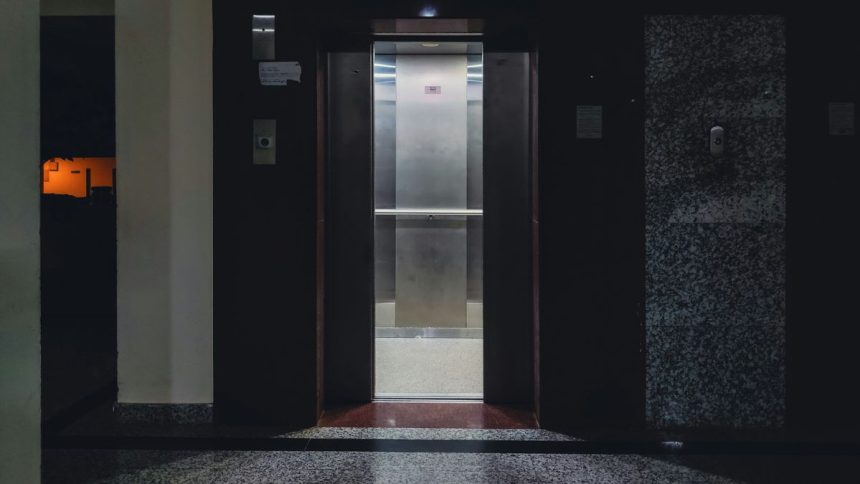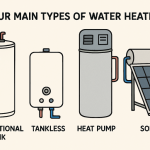A few years ago, elevator rides were functional but forgettable. White walls, basic lighting, and millisecond-long chimes. Now, thanks to the rise of infotainment systems, vertical transportation has entered the era of experiential experiences. Screens, music, mood lighting, and real-time updates have transformed these silent boxes into engaging, multisensory spaces.
What Infotainment Systems Offer
- Information on the move: Screens inside elevator cars and in lobbies provide more than just floor numbers. They deliver safety advice, emergency announcements, directional guidance, event information, weather updates, and building-specific news.
- Aesthetics that work emotionally: Thanks to lighting effects, ambient soundtracks, and visual themes, elevator cabins evoke mood and engagement. Painted walls with light effects and playlist options from services like Spotify, curated for the time of day or building profile, can be excellent mood lifters.
- Revenue and brand-building: Digital displays double as ad spaces, whether promoting building amenities, or external brands. For commercial buildings, this creates opportunities to build awareness and monetize idle captive-audience moments.
- Elevator as part of a smart building: These infotainment systems don’t operate in isolation. They connect with IoT sensors, predictive maintenance platforms, access control systems, destination dispatch systems, and people-flow management systems.
- Enhanced safety and communication: These entertainment systems facilitate communication by providing evacuation instructions and alerts, as well as live updates during emergencies. Additionally, they allow remote messaging, which can be invaluable in healthcare, residential, and commercial high-rises.
Technology Behind the Experience
These systems rely on:
- Touchscreens & displays: High-resolution panels cover full walls or compact faceplates.
- IoT & connectivity: Elevators using these displays often feed into building dashboards and remote service platforms.
- Sound systems: From background music to event notifications—all controllable remotely.
- Content management platforms: Operators schedule ads, music, safety messages, and ambient data via centralized tools.
Benefits for Passengers
- Reduced perception of wait time. Visual and audio engagement make waiting feel shorter.
- Safer environment. Visibility of safety info and real-time alerts improves confidence.
- Custom branding. Hospitality and corporate buildings can tailor content to reflect identity.
Market Drivers
- Smart buildings & IoT: Infotainment fits into a growing ecosystem of connected infrastructure.
- Post-pandemic design: Touchless panels, visuals, and audio interfaces minimize contact while keeping passengers informed.
- Sustainability & retrofit potential: Digital solutions integrate with energy-efficient elevator modernization and predictive maintenance, increasing ROI for upgrades.
Way Forward
As technology continues to develop, elevator infotainment systems will become increasingly integrated and intelligent. Updates like AI-driven personalization, gesture recognition, and AR-driven elements are already in line.
Integration with mobile apps and wider building systems is also expected to keep elevators more responsive to individual preferences for comfort and connectivity. What was once just a ride between floors may soon become a tailored, interactive moment within the larger smart building experience.
More than Just Content: Impact on Mental Well-being
Along with design and technology, these systems contribute in a subtle yet meaningful way toward creating better mental wellness. According to a study, riders exposed to calming visuals and softened audio reported feeling less anxious and claustrophobic during elevator rides. So, these systems are not only entertaining but also provide some emotional aid to make these enclosed spaces feel a little freer and welcoming.
Closing Thoughts
Infotainment systems have subtly enhanced the experience of navigating buildings. They are no longer just a quick lift between floors. These elevators are now moments to relax, be entertained, and learn something. These systems bring life into buildings by enhancing user experience, communication, and mental wellness. With all this said, elevator infotainment systems are a worthwhile investment for builders and users.
Lynn Martelli is an editor at Readability. She received her MFA in Creative Writing from Antioch University and has worked as an editor for over 10 years. Lynn has edited a wide variety of books, including fiction, non-fiction, memoirs, and more. In her free time, Lynn enjoys reading, writing, and spending time with her family and friends.















